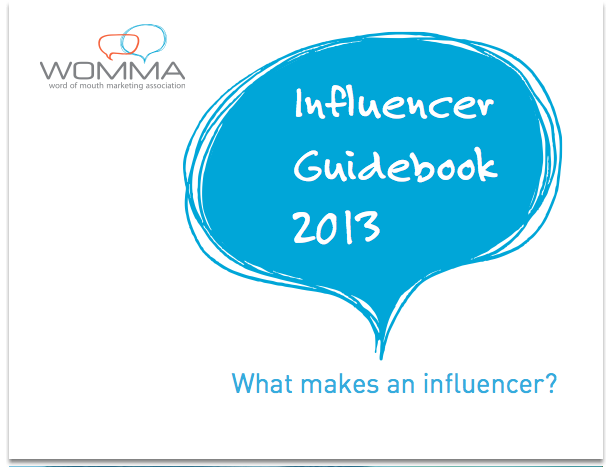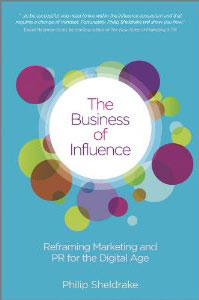A year ago, to the week, I was writing Chapter 8 of The Business of Influence about the future trends each and every influence professional would have to grasp. In particular, I wrote:
I consider the data and information I create directly or indirectly through my use of products and services to be private and mine by default. I may choose to make any part of it accessible to specified others and maintain my ownership, or relinquish some ownership rights, or all rights.
Should I consider entering a contract with the purchase of a product or service that entails some variation to this default – perhaps simply because delivery of the product or service is meaningless without such variation – the nature of this variation must be made explicitly clear to me in plain language, and it is then my choice whether or not to agree to those terms, which may entail my negotiating different terms or choosing not to buy that specific product or service.
To me, a future where so much data is collected about me and owned by others is nothing short of dystopia. Of course, the situation I describe above is far from where we find ourselves today and I make the case that influence professionals should be helping to lead the charge toward empowering the customer – past, present and future. As such, the chapter continues to lay out a potential privacy framework, introducing Streams Banks:
It’s the moniker I’ve given the service with the primary purpose of collecting all your digital detritus, all your so-called life streams of data, in one place on your behalf and giving you the power to analyse and visualize it all.
A streams bank archives the minutiae of your life, if you so wish. The service may offer suggestions or advice in decision-making, and perhaps it may even be relied upon to make certain decisions for you autonomously.
What on Earth could catalyse this transformation?..
Imagine that you’re a mobile telephone network operator. Right now, you own the data describing the customer’s use of your network. What competitive advantage might be had by reversing that situation, by transferring ownership to the customer – on the condition of service of course that you can have access to their data in order to determine billing and associated aspects of your service provision? And what if you gave the customer the tools to learn about her data, to download it and share it with whomever she wished. What might she learn about herself and her family? How might this data be mashed up? How much easier would it be to source the perfect tariff for the next year given the opportunity to share last year’s data? If you think that sounds bad for business you’re effectively saying that opacity is good. History has shown that walled gardens and other protective practices eventually crumble in competitive telephony markets.
Well, it seems this day is dawning. Read more



 The Business of Influence is a rethink.
The Business of Influence is a rethink.